Some animals just refuse to give up.
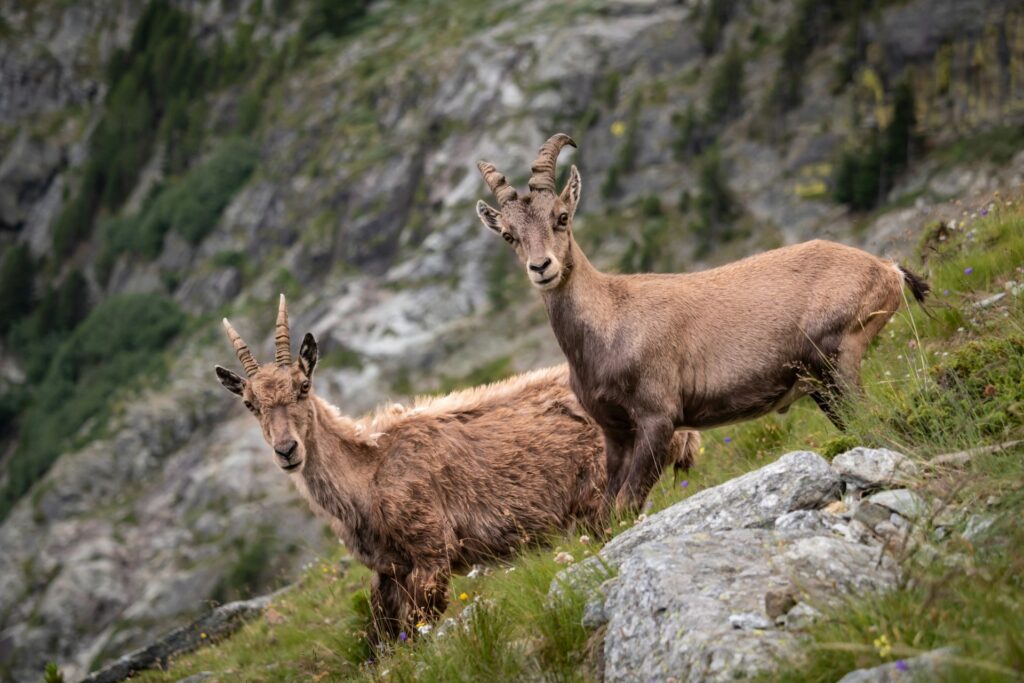
No matter what’s thrown at them—blistering heat, freezing cold, starvation, predators, or total isolation—they find a way to survive. These aren’t just clever adaptations. They’re full-blown survival superpowers. And the more you learn about them, the more you realise how wildly inventive life on Earth can be.
These creatures don’t just endure—they adapt, evolve, and persist in ways that are as fascinating as they are inspiring. Here are some of the most unbelievable survival stories in the animal kingdom.
Tardigrades are the ultimate survivors.

Tardigrades, also known as water bears, are microscopic animals that have become legendary for their resilience. They can survive being frozen, boiled, dried out, blasted with radiation, and even exposed to the vacuum of space. When conditions get too rough, they curl up into a little ball called a “tun” and more or less shut down. In this state, they can stay dormant for years—possibly even decades—and then come back to life when water returns. Scientists have revived tardigrades after 30 years on ice. They’re the definition of unstoppable.
Wood frogs go through cycles of freezing and thawing like nothing happened.

Most animals die if their bodies freeze. Wood frogs in North America do it on purpose. During winter, they stop breathing, their hearts stop beating, and up to 70% of the water in their bodies turns to ice. Instead of dying, they wait it out. Come spring, they thaw and hop away like nothing happened. Their secret is a type of glucose-based antifreeze that protects their cells. It’s a strategy straight out of science fiction—and it works.
Camels are desert professionals.
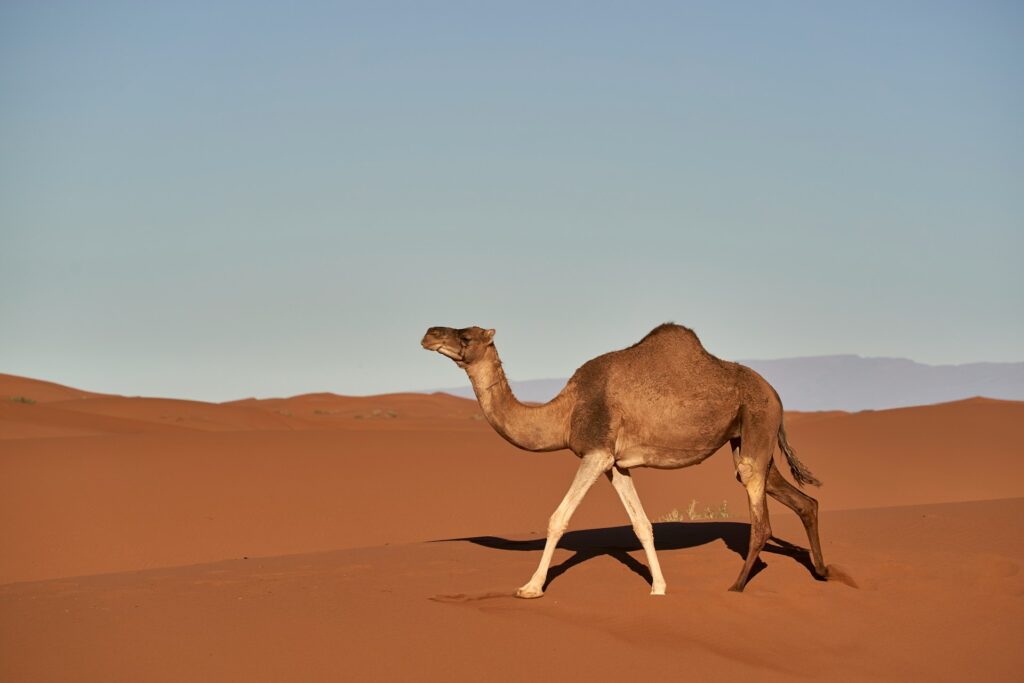
Camels have become a bit of a stereotype for desert survival, but that’s only because they’re genuinely incredible at it. They can go weeks without water, withstand swings of over 40 °C in a single day, and still keep going. Their bodies are designed for this. Their blood stays fluid in extreme dehydration, their nostrils close to keep sand out, and their humps store fat (not water) to provide energy when food is scarce. They’re built for endurance, not speed—and they’re masters of their environment.
Immortal jellyfish start over from scratch.
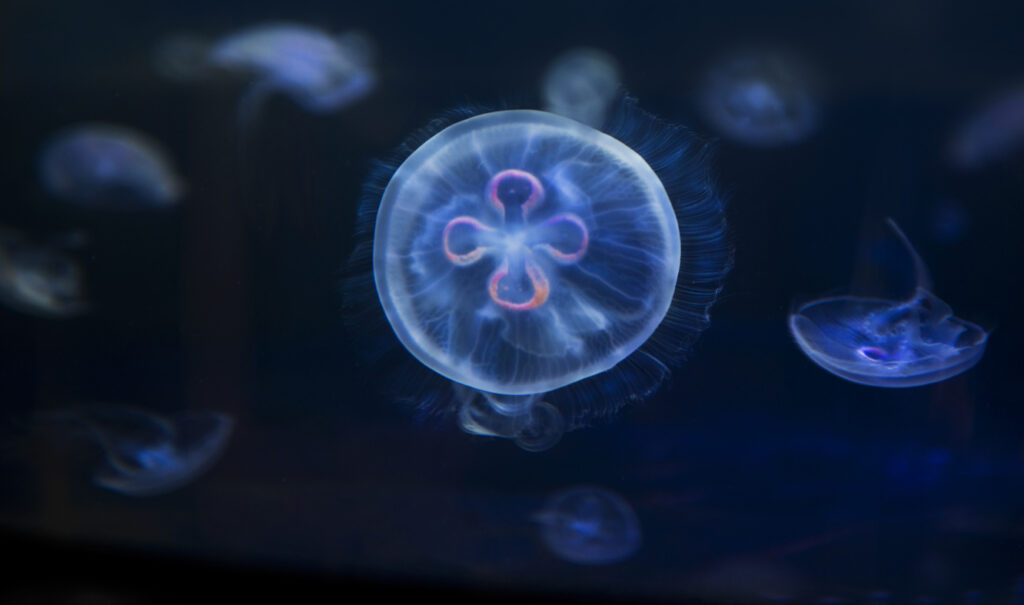
Most jellyfish age like any other animal. But one species—Turritopsis dohrnii—can effectively reverse the ageing process. When injured or under stress, it reverts its cells back to a younger state and starts its life cycle over. It’s not truly immortal, since it can still be killed by disease or predators, but it’s the closest thing science has found. It’s like hitting reset on life—a biological do-over that defies logic.
Arctic ground squirrels can live through sub-zero shutdowns.
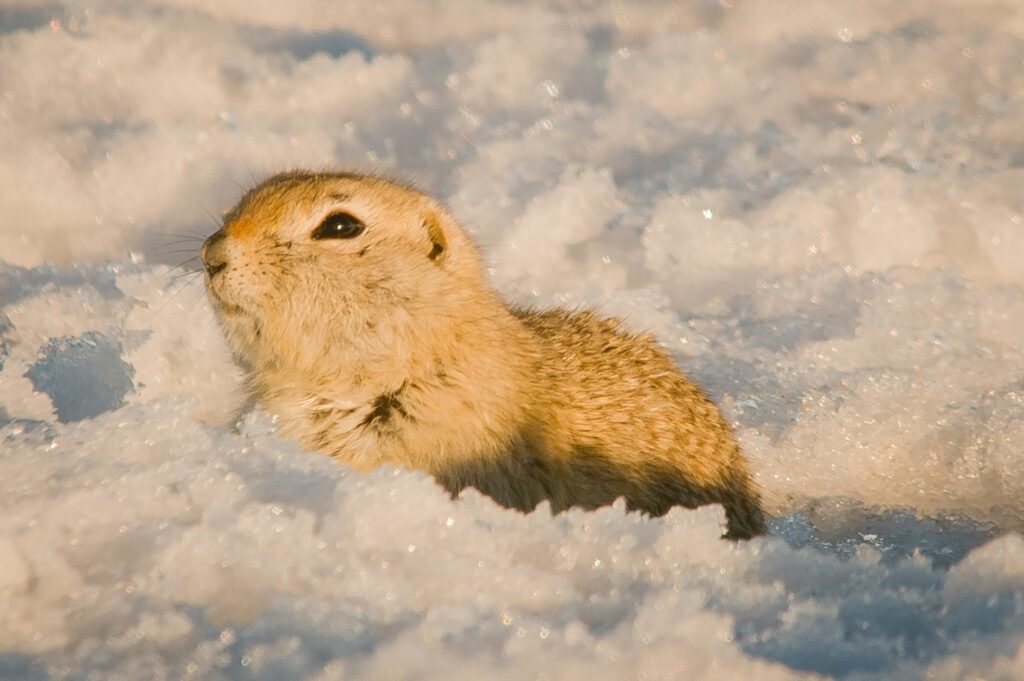
Hibernation isn’t unusual, but arctic ground squirrels take it to the extreme. They allow their body temperature to drop below freezing—something that would kill most animals—and slow their brain activity to nearly zero. They survive by carefully managing their metabolism, occasionally warming up just enough to avoid long-term damage. They spend up to eight months underground in this state. It’s not just about sleeping through the cold. It’s about surviving it on the absolute edge.
African lungfish manage to wait out the worst.
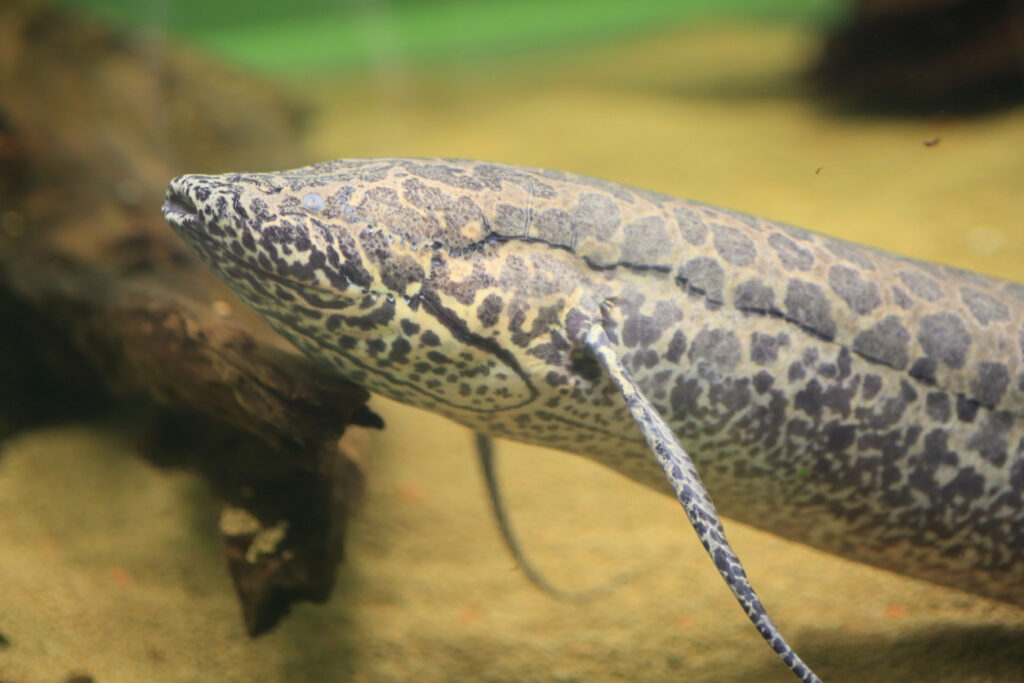
When drought hits and rivers dry up, most fish die. African lungfish do something else. They burrow into the mud, secrete a mucus cocoon around themselves, and slow their metabolism to almost nothing. They can stay like this for years—yes, years—waiting for the rains to return. When the water comes back, they rehydrate, emerge, and get on with life. That level of patience and resilience is hard to comprehend.
Alpine ibex are cliff-climbing escape artists.

Alpine ibex are mountain goats with a flair for the dramatic. They live in the European Alps and make their homes on cliffs so steep you’d think only birds could reach them. They climb near-vertical walls with ease, often scaling dams and cliffs just to lick mineral deposits. Their hooves are split and rubbery, which helps them grip tiny cracks. This keeps them out of reach of most predators and allows them to live where almost nothing else can. Their lives are a balancing act, quite literally.
Penguins don’t just survive, they thrive at the South Pole.

Penguins, especially emperor penguins, endure conditions most animals wouldn’t last a day in. Temperatures drop to -60°C, winds howl at 100 km/h, and food can be hundreds of miles away. They survive by huddling together in tightly packed groups, constantly rotating, so everyone gets a turn in the middle. Males incubate eggs on their feet for two months without eating, while females head to sea. It’s teamwork, endurance, and sheer determination rolled into one.
Basilisk lizards can run on water.
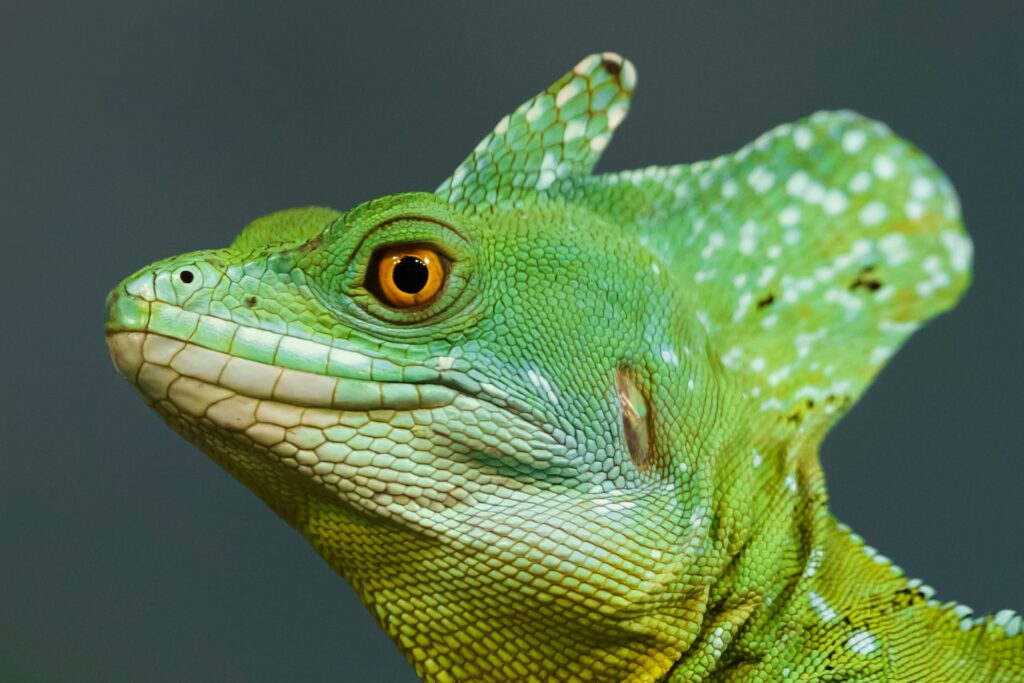
Known as the “Jesus lizard,” basilisk lizards can sprint across the surface of water for short distances. They do it by rapidly slapping their feet down and creating pockets of air that stop them from sinking—just long enough to escape predators. It’s not magic, it’s physics—and it’s incredibly effective. They use this trick to dart between sunlit patches or flee danger, and while they can’t do it forever, it’s enough to stay alive.
Bombardier beetles engage in chemical warfare.
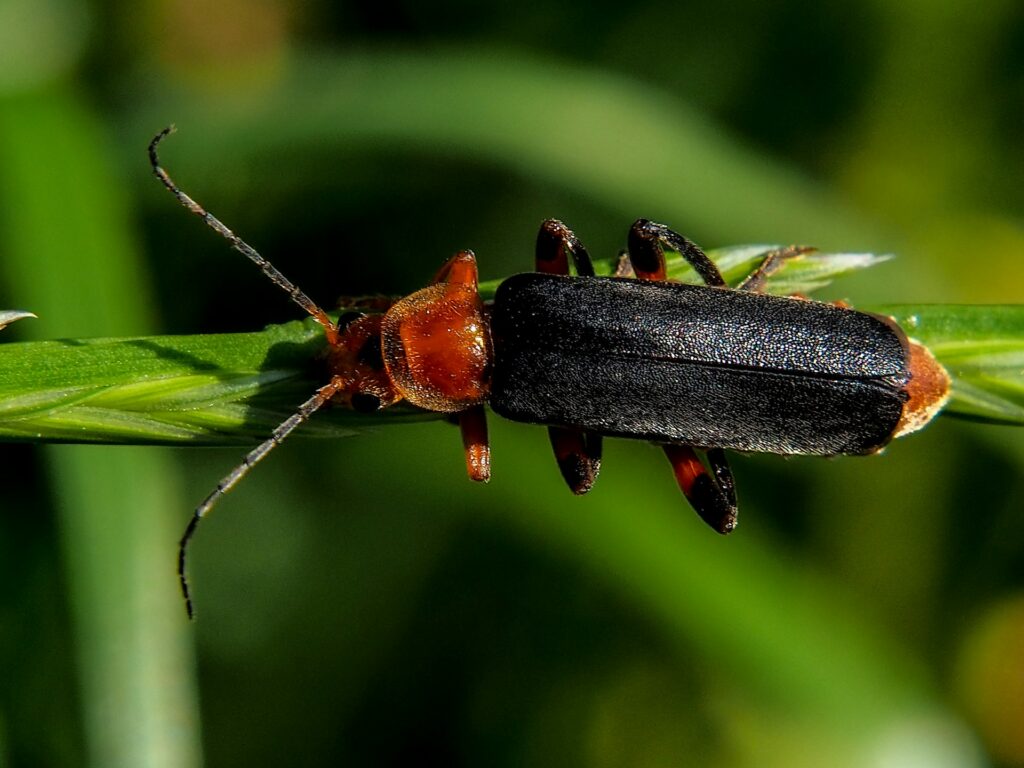
Some insects bite. Some sting. Bombardier beetles explode—literally. When threatened, they spray a boiling hot, noxious chemical from their rear end, blasting it at would-be predators. They do this by mixing two chemicals inside a chamber in their abdomen, triggering a small controlled explosion. The result? A burst of steam and irritant that’s both precise and scalding. It’s one of the most extreme defence mechanisms in nature.
Octopuses are masters of escape and disguise.

Octopuses are intelligent, flexible, and nearly impossible to contain. They can squeeze through spaces the size of a coin, change colour and texture to match their surroundings, and use tools to open jars, build shelters, or hide from predators. They’re not just clever—they’re resourceful. In labs and aquariums, they’re known for escaping their tanks, sometimes even sneaking out to raid nearby exhibits. In the wild, their ability to vanish is legendary.
Kangaroo rats thrive even without water.
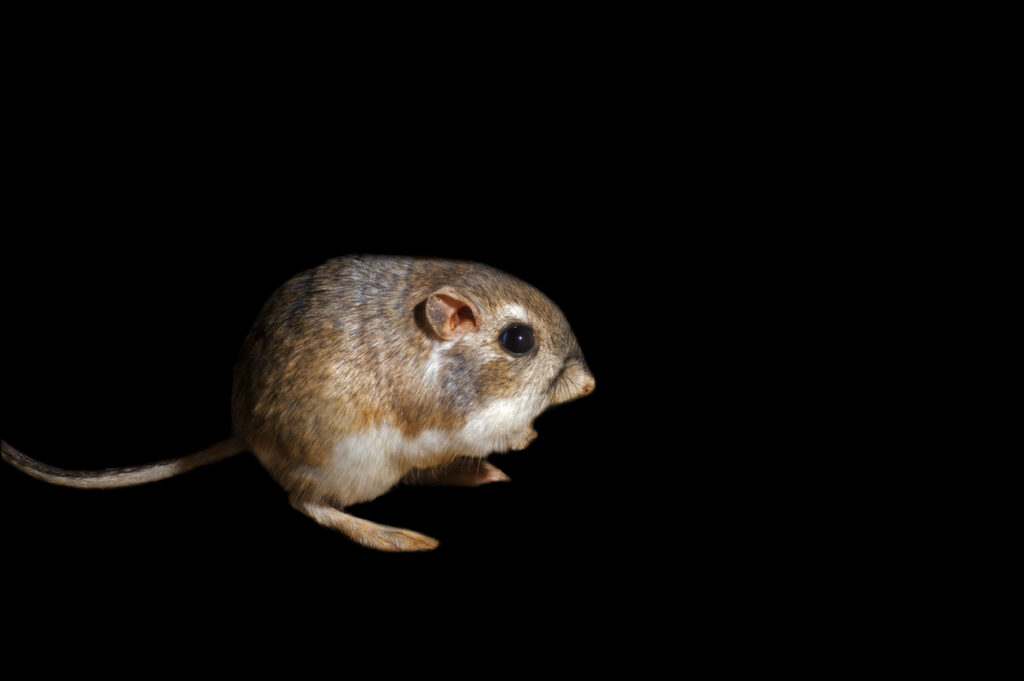
Kangaroo rats live in some of the driest parts of North America and can go their entire lives without drinking a single drop of water. They get all the moisture they need from the seeds they eat and from metabolic processes. Their kidneys are incredibly efficient, producing super-concentrated urine to avoid water loss. They stay cool by staying underground during the heat of the day and only emerging at night. It’s minimalism in its purest form.
What we can learn from these animals

These creatures aren’t just strange biological footnotes. They’re proof that survival comes in many forms—and that it’s often about more than brute strength. It’s about adaptation, patience, ingenuity, and the ability to thrive under pressure. In a world that’s changing fast, with new challenges around every corner, these animals remind us that being resilient doesn’t mean standing still. It means shifting, bending, hiding, re-emerging. It means doing what it takes to carry on.
Their stories don’t just fascinate—they inspire. Because if a microscopic tardigrade can survive space, and a frog can freeze solid and bounce back, then there’s hope for all of us to weather the storms in our own lives too.